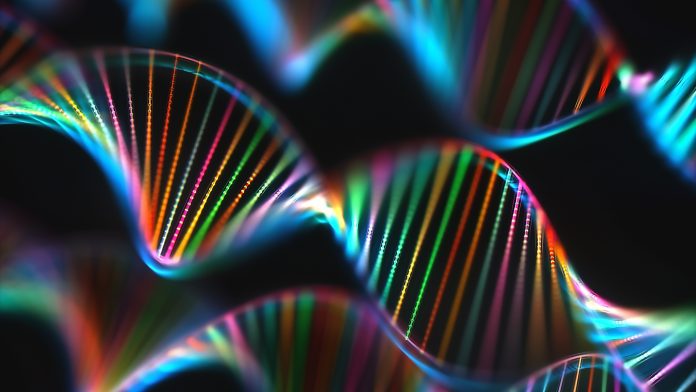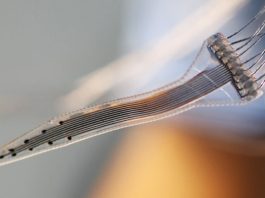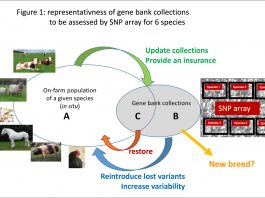Researchers at UT Dallas are developing nanopore technology that could lead to small portable devices capable of sequencing DNA in real time.
While nanopore technology holds great promise for DNA sequencing, one current challenge is making this technology more accurate.
Researchers at The University of Texas at Dallas (UT Dallas) are moving closer to attaining greater accuracy by developing a nanopore sequencing platform that can detect the presence of nucleobases, the building blocks of DNA and RNA.
The study was published in the journal Electrophoresis.
“By enabling us to detect the presence of nucleobases, our platform can help improve the sensitivity of nanopore sequencing,” commented Dr Moon Kim, professor of materials science and engineering and the Louis Beecherl Jr. Distinguished Professor in the Erik Jonsson School of Engineering and Computer Science.
The majority of DNA sequencing is currently performed through a method that involves preparing samples in the lab with fluorescent dye and, by means of lasers, determining the sequence of the four nucleobases, the essential units of the genetic code: adenine (A), cytosine (C), guanine (G), and thymine (T). Each nucleobase releases a different wavelength when illuminated, enabling scientists to verify the sequence.
In nanopore sequencing, DNA samples are uncoiled, and the strands are fed through tiny holes, or nanopores, usually in a fabricated membrane. As the DNA travels through the nanopore, the DNA strand disturbs the electrical current flowing through the membrane. The current responds differently based on the characteristics of a DNA molecule.
“The electrical signal changes as the DNA moves through the nanopore,” Kim explained. “We can read the characteristics of the DNA by monitoring the signal.”
Currently, the difficulty in advancing nanopore sequencing has been in controlling the speed of the DNA strand as it moves through the nanopore. The group’s research has been centred around addressing this challenge by fabricating an atomically thin solid-state – or nonbiological – membrane coated with titanium dioxide, water, and an ionic liquid to decelerate the speed of the molecules through the membrane. The water was added to the liquid solution to amplify the electrical signals, thus making them easier to read.
“By enabling us to detect the presence of nucleobases, our platform can help improve the sensitivity of nanopore sequencing.”
Going forward, the team hopes to improve the platform used to identify each nucleobase more quickly, and that developing this method will also open possibilities for sequencing other biomolecules.
“The ultimate goal is to have a hand-held DNA sequencing device that is fast, accurate, and can be used anywhere,” Kim added. “This would reduce the cost of DNA sequencing and make it more accessible.”









